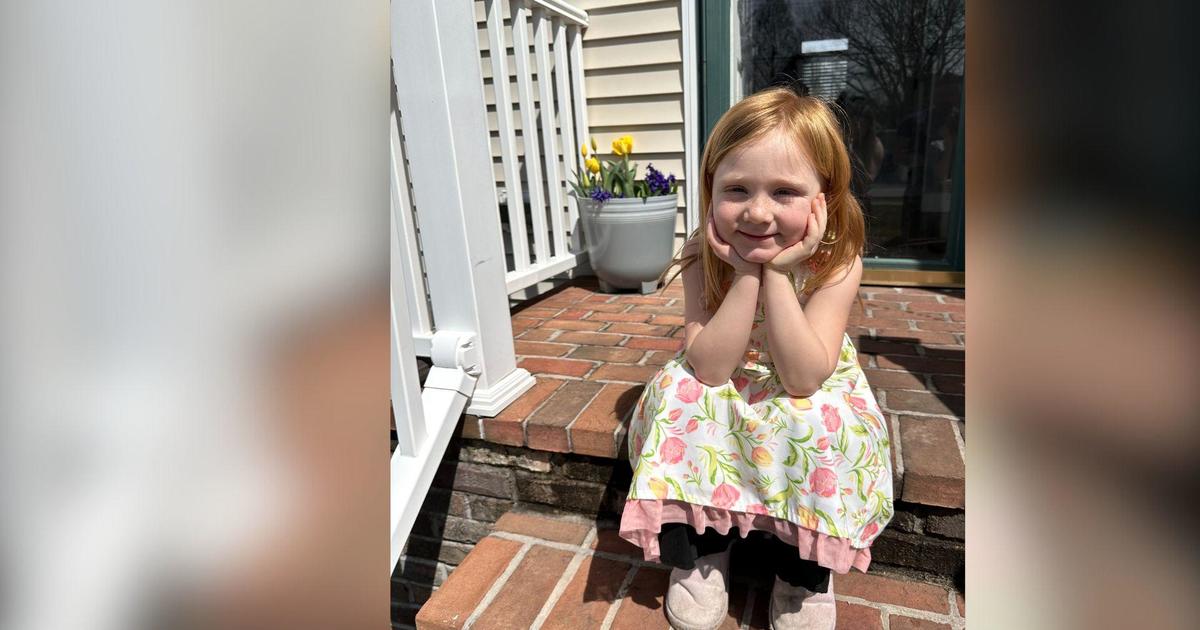Census: Aging Worcester County Oldest In Maryland
SALISBURY, Md. (AP) -- Worcester County's population became grayer during the past decade, as "come-here" retirees flocked to coastal towns and "born here" young adults departed for jobs.
The median age of residents is 48 -- the oldest in the state.
That's a full decade older than Maryland's median age. Those 55 and older now account for 39 percent of Worcester's total population, a growth of 6 percentage points since 2000.
"Retirees come here with the expectation that all the services are in place, like where they came from -- and they aren't," said Peggy Bradford, the executive director of MAC Inc., a senior services agency that serves Dorchester, Somerset, Wicomico and Worcester counties.
Bradford said an influx of baby-boomers puts stress on programs such as Meals on Wheels, in-home care services, transportation services for medical visits and area senior centers. She said the actual number of seniors is undercounted, as many were out of town in the winter when the Census count was conducted.
Memo Diriker, director of Salisbury University's Business Economic and Community Outreach Network, said the pace at which Worcester County's population has aged is surprising. He said many of Worcester's working-age, young adults are migrating to Wicomico and Somerset counties, where housing is more affordable and there are more job prospects.
"You want the younger workforce, but it creates an issue because the assessable property base goes down," he said, because younger workers are renting or buying less expensive housing.
Diriker cited the pull of employment opportunities and the presence of Salisbury University as two reasons why Wicomico County's population actually became younger in the past decade. The county, along with Baltimore City, were the only jurisdictions in the state to become more youthful.
The Census Bureau on Thursday released the Maryland numbers for the 2010 Demographic Profile.
Since 2000, the number of Asian Indians in Wicomico County grew so rapidly that they now narrowly outnumber the Korean population.
The 2010 Census counted 753 Asian Indians, up 97 percent. Wicomico's already established Korean population grew 34 percent, while the populations of smaller Asian groups exploded: Vietnamese, up 146 percent; Filipinos, up 117 percent; and Chinese, up 30 percent.
"Not only do we continue to get more diverse, but our diversity is getting more diverse," Diriker said.
The Census demographic report also demonstrates how the recession has impacted home life.
Nationally, marriages declined during the past decade, as poor economic prospects have forced more couples to live together without tying the knot. Unmarried couples made up 12 percent of U.S. couples in 2010, a 25 percent increase during the past decade.
Maryland's share of families with children -- defined as married couples with children under the age of 18 -- now make up a fifth of the state's total population.
Since 2000, the population share of families with children has declined on the Lower Shore. In Wicomico it was 16.9 percent, down from 21 percent; Worcester, 13.5 percent, down from 16.6 percent; and Somerset, 12.5 percent, down from 16.3 percent.
"We are an older group, so there tends to be more empty nesters, so that part is not a surprise," Diriker said.
Diriker attributes the statewide decline in families with children to the high number of transient workers with federal jobs in the Capital Beltway and the fact that state residents are highly educated, which tends to coincide with smaller families.
In terms of the proportion of single-parent families with children, counties on lower Delmarva trail only Baltimore city.
One-parent homes make up 45.3 percent of Dorchester households, 45.2 percent of Somerset households, 40.2 percent of Wicomico households and 35.5 percent of Worcester households.
Dorchester's rate is the second highest in the state, Somerset's the third highest and Wicomico County's the fifth highest. At the bottom of the state, Carroll County's share of single-parent households is 19.7 percent.
"It is one of the social indicators of economic decline," Diriker said. "A two-earner family contributes more to the economy."
John Fredericksen, the superintendent of Wicomico County schools, says school employees are sensitive to the many different types of households its students come from. He says the online grading system is called the "Family Portal," specifically because many times grandparents or relatives are raising the schoolchildren.
Fredericksen said there is a correlation between single-parent households and poverty, often putting students at a disadvantage.
"Kids raised in a setting of poverty don't know as many words coming in, don't have the same resources in terms of books at home, and any parent is commonly working two jobs or three jobs," he said.
Credit: The Daily Times
(Copyright 2011 by The Associated Press. All Rights Reserved.)



